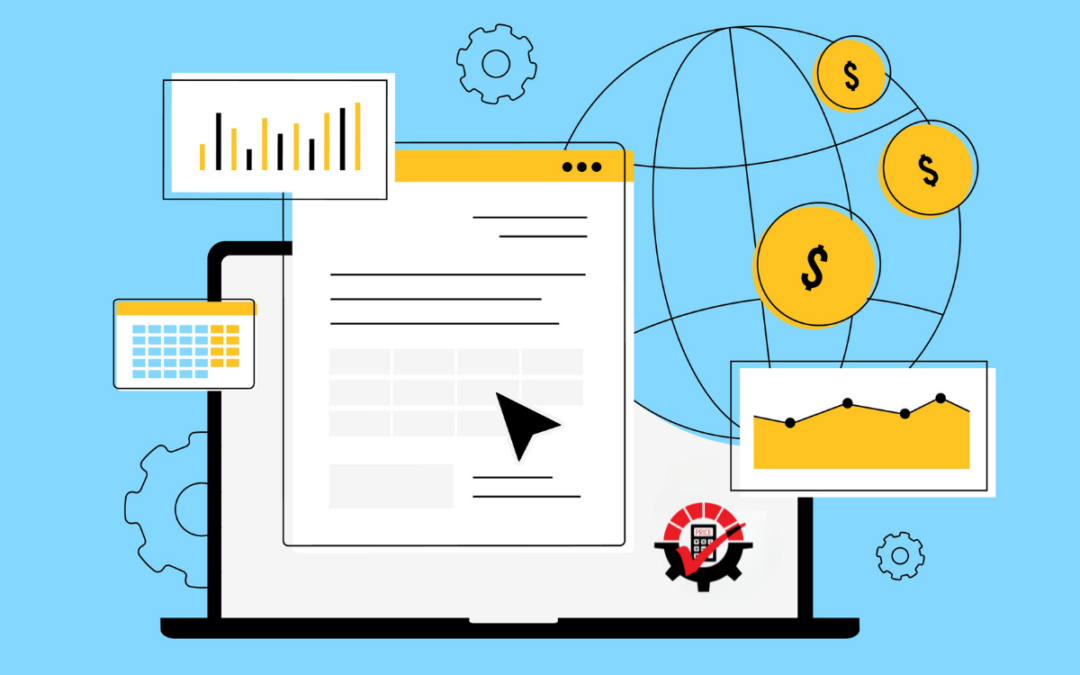Are you making money off what you are selling? If you shrugged your shoulders or gave us a quizzical look, then you need to calculate your business’s gross margin. Gross margin measures profit as a percentage of sales revenue and is a good gauge for how efficiently your business is making money from the products and/or services you’re promoting. You can then take this provided information and make informed decisions about what actions you need to take next to produce a positive outcome.
What is Gross Margin?
Most, if not all, businesses calculate gross margin to determine how well the business is managing its products and service-related expenses and sales. Gross margin, aka gross profit margin or gross margin ratio, is the percentage of a company’s revenue excluding the company’s expenses. The expenses are also called the cost of goods sold (COGS) on your income statement. This is all your costs that are associated with manufacturing, procuring, and selling your products. Basically, gross margin shows the percentage of a dollar you make as a profit. Not to be confused with gross profit, gross margin is usually represented as a percentage rather than a dollar value.
How to Calculate Gross Margin
The calculation is a two-step process. The first step is to find your business’s gross profit. To find this, you’ll need to add all your sales income together and add up all of your expenses or COGS. Then, once those two numbers are found, subtract them to calculate the gross profit. So, the gross profit formula looks like this:
[image] Gross Profit = Revenue – COGS
Onto the gross margin formula, the second step and to find your gross margin is to divide your gross profit by your total revenue. It should look like this:
[image] Gross Margin = Gross Profit/ Total Revenue
To keep it simple, or you’re just looking for the formula to find the gross margin, here you go:
[image]
[sub] Gross Margin Formula
Gross Margin = (Revenue – COGS) / Total Revenue
Now What?
Okay, so you have the gross margin, now what? Gross margin tells you if your company is efficiently converting sales to profits while controlling its production costs, in turn helping you produce higher profits. A positive gross margin or a higher percentage means you have made back your costs and then some. If you see a negative gross margin or a very low number, then it means that it costs more to make your products than you made from selling them. This information tells you if your prices are too low or your costs too high or both. You can also use gross margin to compare multiple reporting periods to see if the company’s operations are becoming more or less efficient or compare it to multiple companies within the same industry to understand which market participants have the most efficient operations.
Can Gross Margin Help You Determine Product Pricing?
Yes! In the calculation of your gross margin, you’ve added your overall product costs. Taking a closer look at these numbers — the gross margin, the COGS, and total revenue — you’ll notice if you are selling your product for too little or too much. Here’s how you can tell — if your sales are high but your profit margins are low, then you are under-valuing your product and need to increase the price. If you have low sales but a high margin, your prices are likely too high and may need to be lowered to encourage your customers to purchase. It requires a lot of analytical brain power and a little guesswork to determine the best prices for your products.
A Pricing Tool to Help You Maximize Your Profit: Rockton Pricing Management
Rockton Pricing Management is the most flexible, powerful, multi-platform pricing solution available to you right now. It automates the most complex and obscure pricing scenarios and calculations (talk about product costs, discounts, and sales), making your life so much easier. There’s so much more under the hood, so please check out Rockton Pricing Management and its rocking features here. If you’re ready to get off the pricing struggle bus, reach out and schedule a one-on-one demo to take a test drive.




